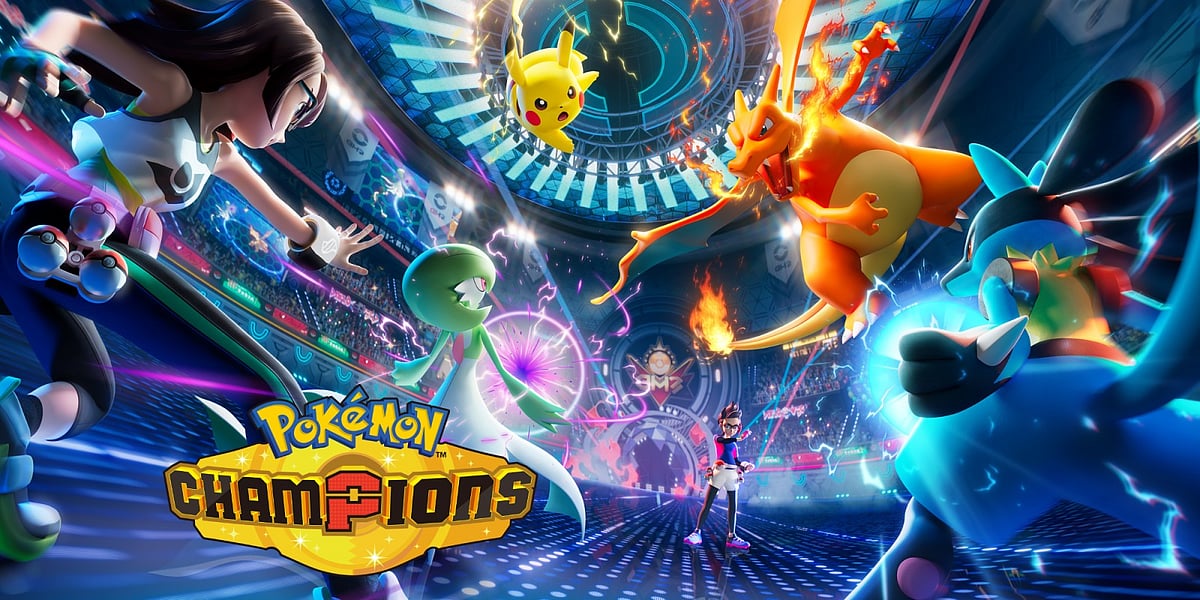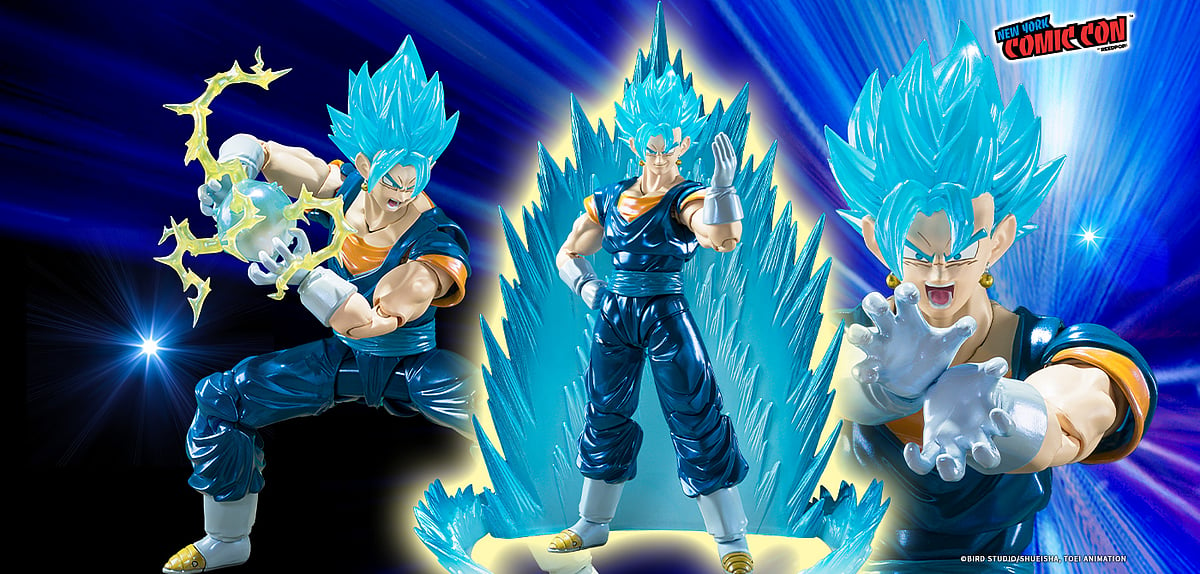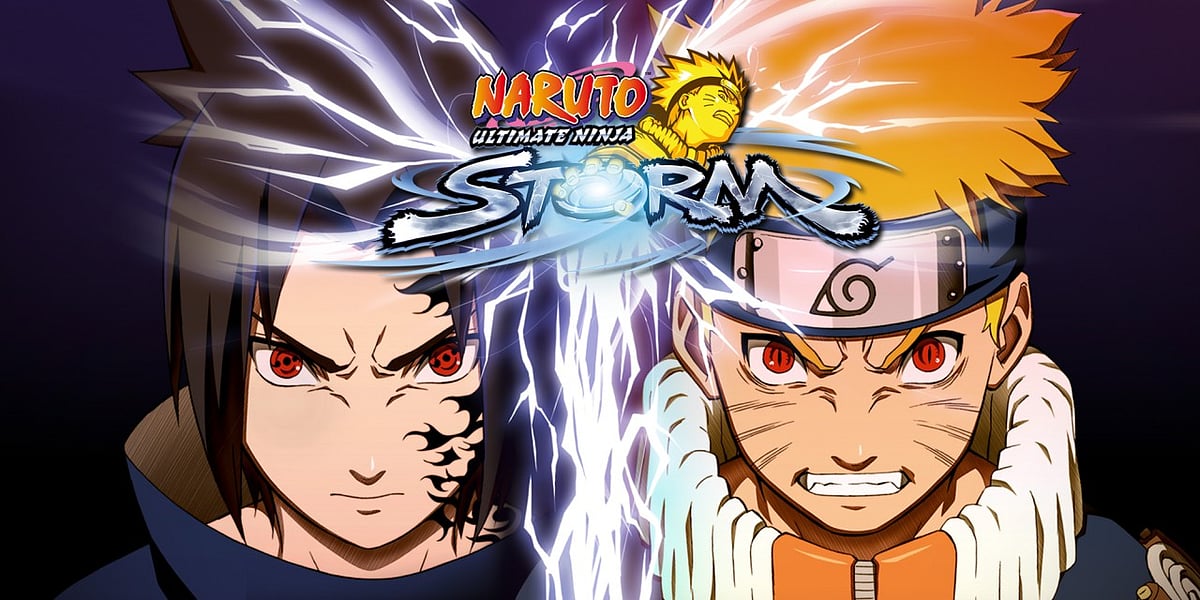
Pokémon's secret weapon isn't the games—it's the merch.
From Dragon Ball To Fortnite: How Anime Franchises Make Billions
The two industries are a perfect match with a massive shared audience. So why do so many companies still choose to make bad games?
Highlights
- Anime and gaming are a successful crossover due to a huge, overlapping fanbase.
- Franchises profit by using games to sell merchandise, create hype, or adapt hit shows.
- Many anime games are intentionally bad, rushed products made to cash in on a series' fame.
You’re scrolling through TikTok and see a clip of Dragon Ball's Goku hitting the Griddy in Fortnite. A few swipes later, you see an ad for a Jujutsu Kaisen crossover in PUBG Mobile. It feels like everywhere you look, anime and gaming are colliding. This isn't a coincidence or a passing trend. It’s the result of a decades-long, carefully crafted partnership that has fused two of the world's biggest entertainment industries into a single, culture-defining juggernaut.
This team-up is now a multi-hundred-billion-dollar business. But how did we get here? And if this crossover is so successful, let’s be honest, why are so many of the games still so bad?
Why This Crossover Just Works
The core reason this fusion works is a massive audience overlap. This is because both mediums are great at escapism, offering amazing worlds to get lost in. More importantly, they make you care about the characters. Both anime and games are incredibly good at building deep, personal connections with fictional characters.
You could spend hundreds of hours watching a hero’s journey, and then a video game lets you actually step into their shoes. Going from watching your hero to being your hero is a powerful feeling that gets people hooked.
An Economic Powerhouse
This partnership isn't just a cultural fit; it's an economic powerhouse. The global gaming market was valued at an estimated $298 billion in 2024 and is projected to soar past $505 billion by 2030. The anime market, while smaller, is just as heavyweight, valued at around $37.6 billion in 2025 and expected to grow by more than double to $91.49 billion by 2035.

Dragonball
How Big Franchises Make Their Billions
The biggest names in the business have figured out how to turn this into billions. They usually follow one of three plans.
Pokémon
As the highest-grossing media franchise in history, Pokémon is a league of its own, with a lifetime revenue of over $113 billion. But here’s the secret: video games aren't its main money-maker. Think of it this way: for every dollar Pokémon makes from a video game, it makes over ten dollars from everything else. A mind-boggling $103.6 billion of its total revenue comes from licensed merchandise, trading cards, toys, and apparel.
In this model, the games act as a catalyst. Each new game introduces a new generation of Pokémon, which then fuels the next season of the anime and, most importantly, a whole new wave of merchandise for the colossal retail machine to sell.
Dragon Ball
It showcases a more balanced approach, where coordinated releases create explosive revenue spikes. The 2024 fiscal year was the franchise's most profitable ever, raking in a record-breaking $1.3 billion. This wasn't an accident. Major collaborations, like the wildly popular crossover with Fortnite, have introduced the series to millions of new players.
This was followed by a perfectly timed "one-two punch": the launch of the highly anticipated game Dragon Ball: Sparking! Zero and the new anime series Dragon Ball Daima. The hype for the anime drove interest in the game, and the game gave fans an interactive way to dive back into the world, creating a feedback loop that maximized profits across the board.
Naruto
It provides a classic example of building on the success of a hit series. After the manga and anime became a global phenomenon, video games followed, helping the franchise generate over $14 billion in total revenue.
Games like the Naruto: Ultimate Ninja Storm series were so successful, selling over 30 million copies and estimated $2.2 million, because they were high-quality adaptations that let fans relive the anime’s iconic fights and story.
This popular strategy of turning a hit show into a hit game proves that a well-made adaptation can become a core part of a franchise's success.

Vooks
So, Why Are So Many Anime Games Just… Bad?
Despite all this money and potential, we all know the stereotype is often true: a lot of anime games are just plain bad. This isn't an accident; it's a deliberate business decision focused on making a quick profit rather than a great game.
The biggest reason is the "shovelware" formula. When an anime gets popular, a company will rush out a game on a tight budget to cash in on the hype. The result is almost always a shallow 3D fighting game with flashy moves but boring, button-mashing combat.
They cram a 51-episode story into a four-hour game (like Solo Leveling, or Fullmetal Alchemist: Dual Sympathy), leaving the plot feeling rushed and empty.
To cover up the weak gameplay, developers lean on "fan service"; they pack the game with a huge roster of characters and cool-looking cinematic moves. But this is all flash and no substance. The goal isn't to make a masterpiece. The goal is to create a "Minimum Viable Product", the bare minimum they can create that hardcore fans will still buy. It’s a guaranteed, safe return on a small investment, but it often leaves fans feeling ripped off.
When Adaptations Get It Right
Thankfully, it's not all bad news. When a studio invests real time, money, and creative passion, the results can be spectacular.
Dragon Ball FighterZ is a prime example. Developed by fighting game masters Arc System Works, it was a technically deep, beautifully balanced fighter that won over both Dragon Ball fans and the hardcore fighting game community. It succeeded because it was a phenomenal game first and a great adaptation second.
The anime Cyberpunk: Edgerunners shows the true power of this synergy. The game Cyberpunk 2077 had a terrible launch. Two years later, the amazing anime came out and got everyone excited about its world again. Not long after the game's player count shot through the roof, proving that one great release can save another.
The team-up between anime and gaming is the future of entertainment. But while this powerful alliance continues to grow, the reality for fans is that for every gem, we'll have to dig through a lot of rushed, low-effort trash. The two worlds are fusing, but we can only hope that more companies will choose to create quality art instead of just a quick cash grab.

Author
Krishna Goswami is a content writer at Outlook India, where she delves into the vibrant worlds of pop culture, gaming, and esports. A graduate of the Indian Institute of Mass Communication (IIMC) with a PG Diploma in English Journalism, she brings a strong journalistic foundation to her work. Her prior newsroom experience equips her to deliver sharp, insightful, and engaging content on the latest trends in the digital world.
Krishna Goswami is a content writer at Outlook India, where she delves into the vibrant worlds of pop culture, gaming, and esports. A graduate of the Indian Institute of Mass Communication (IIMC) with a PG Diploma in English Journalism, she brings a strong journalistic foundation to her work. Her prior newsroom experience equips her to deliver sharp, insightful, and engaging content on the latest trends in the digital world.
Related Articles







